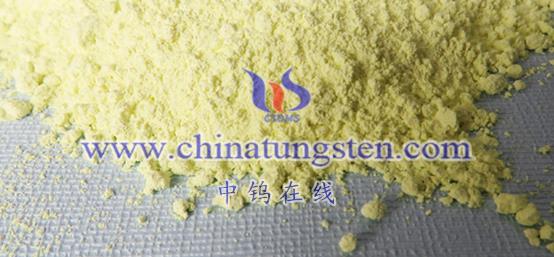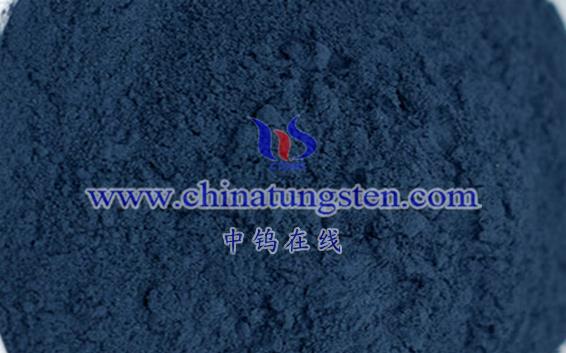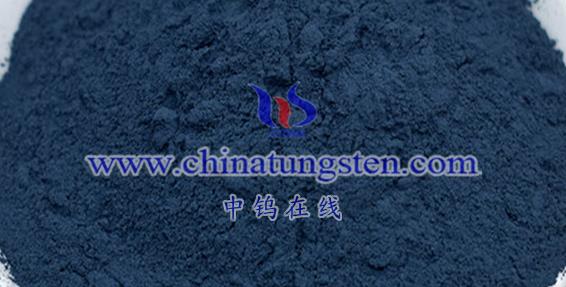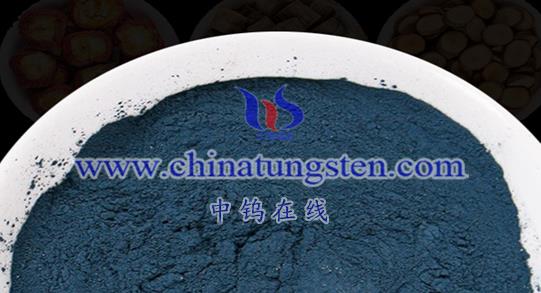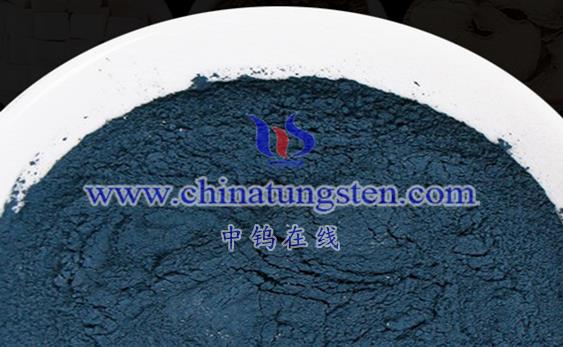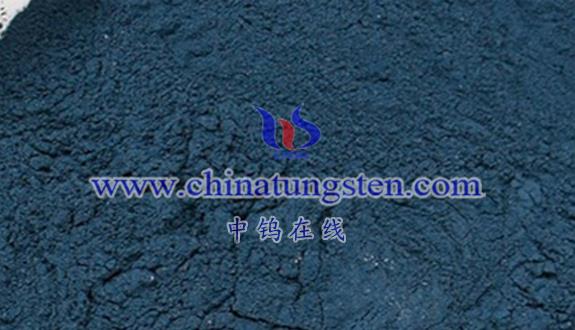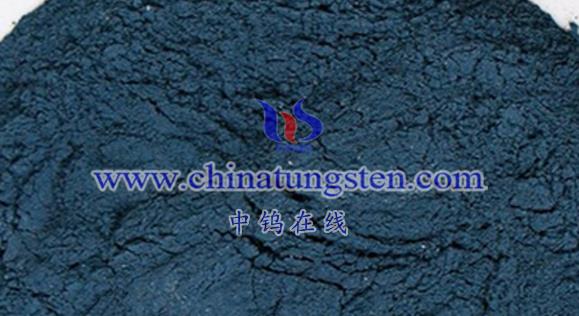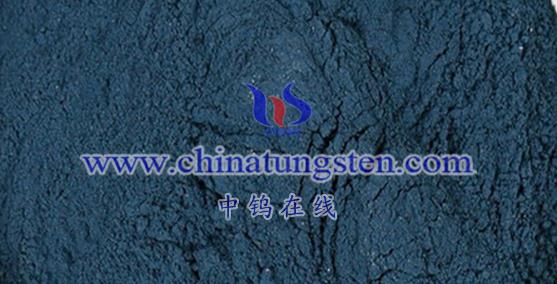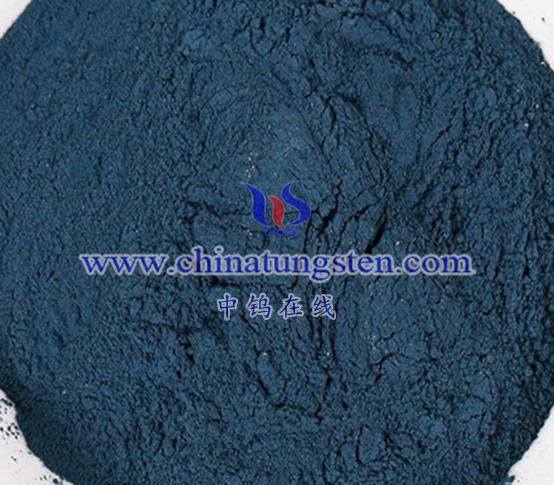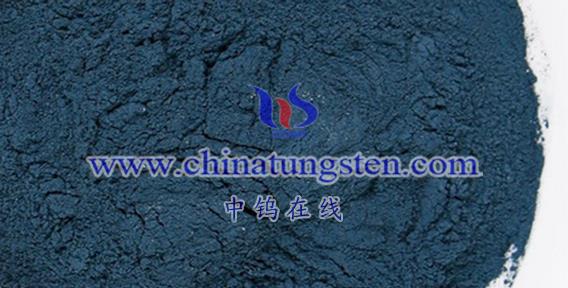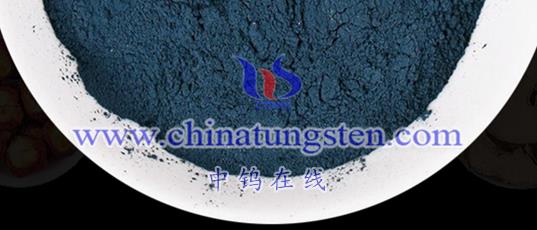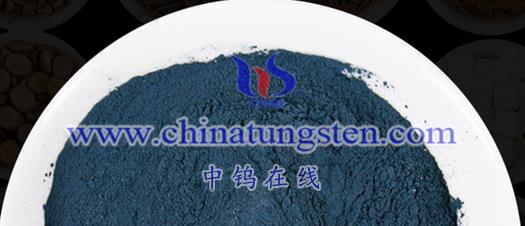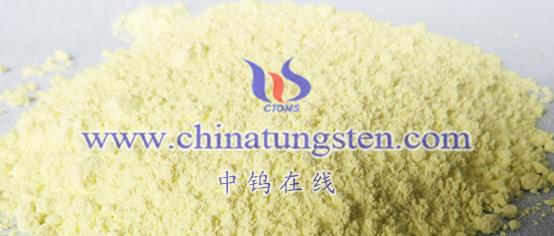
While nano-tungsten trioxide (WO₃) catalysts exhibit unique advantages in many fields, they also have some drawbacks or limitations. Below is a detailed summary of their disadvantages and limitations:
- High Production Cost
High-cost raw materials: The preparation of nano-WO₃ may require expensive raw materials, which directly increases the overall production cost.
Complex production process: The synthesis of nanomaterials generally involves complex procedures, requiring precise control over reaction conditions and parameters, adding to the cost of production.
- Susceptibility to Oxidation
Poor oxidation stability: Nano-WO₃ is easily affected by oxidation, particularly in high-temperature and humid environments, where it can undergo oxidation reactions. This can lead to reduced performance and a shorter service life.
Performance degradation: Oxidation not only affects the catalytic activity of nano-WO₃ but can also alter its crystal structure and surface properties, further diminishing its catalytic efficiency.
- Difficult Processing
High hardness: Nano-WO₃ has a very high hardness, which makes it challenging to process. Specialized techniques and equipment are often required during preparation and processing. For example, in cutting and grinding, efficient tools are needed, increasing the complexity and cost.
Agglomeration tendency: Due to the high surface area and surface energy of nanoparticles, nano-WO₃ tends to agglomerate, reducing its dispersibility and negatively affecting its catalytic performance.
- Limited Photocatalytic Efficiency
Limited light absorption range: Although nano-WO₃ can absorb visible light, its absorption range is still limited and cannot fully utilize the entire spectrum of sunlight.
High electron-hole recombination rate: During photocatalytic processes, the photogenerated electrons and holes in nano-WO₃ tend to recombine, leading to a reduction in photocatalytic efficiency. This limits its use in areas requiring high-efficiency photocatalysis.
- Stability Issues
Limited chemical stability: In certain chemical environments, nano-WO₃ may react with reactants or products, causing catalyst deactivation or a decline in performance.
Thermal stability concerns: Although nano-WO₃ retains its catalytic activity at high temperatures, it may still undergo thermal decomposition or sintering under extreme conditions, affecting its stability.
- Application Limitations
Restricted application in certain fields: Due to the aforementioned disadvantages, the application of nano-WO₃ catalysts is limited in certain areas. For example, in large-scale industrial production, high costs and processing difficulties may prevent widespread use.
In summary, nano-tungsten trioxide catalysts face challenges related to high production costs, oxidation stability, processing difficulties, photocatalytic efficiency, and overall stability. However, with ongoing advancements in nanotechnology and deeper research, it is expected that these issues will gradually be addressed, further broadening the application prospects of nano-WO₃ catalysts.
More details of tungsten oxide product, please visit website: tungsten-oxide.com
Please contact CHINATUNGSTEN for inquiry and order of tungsten oxide:
Email: sales@chinatungsten.com
Tel.: 86 592 5129595
